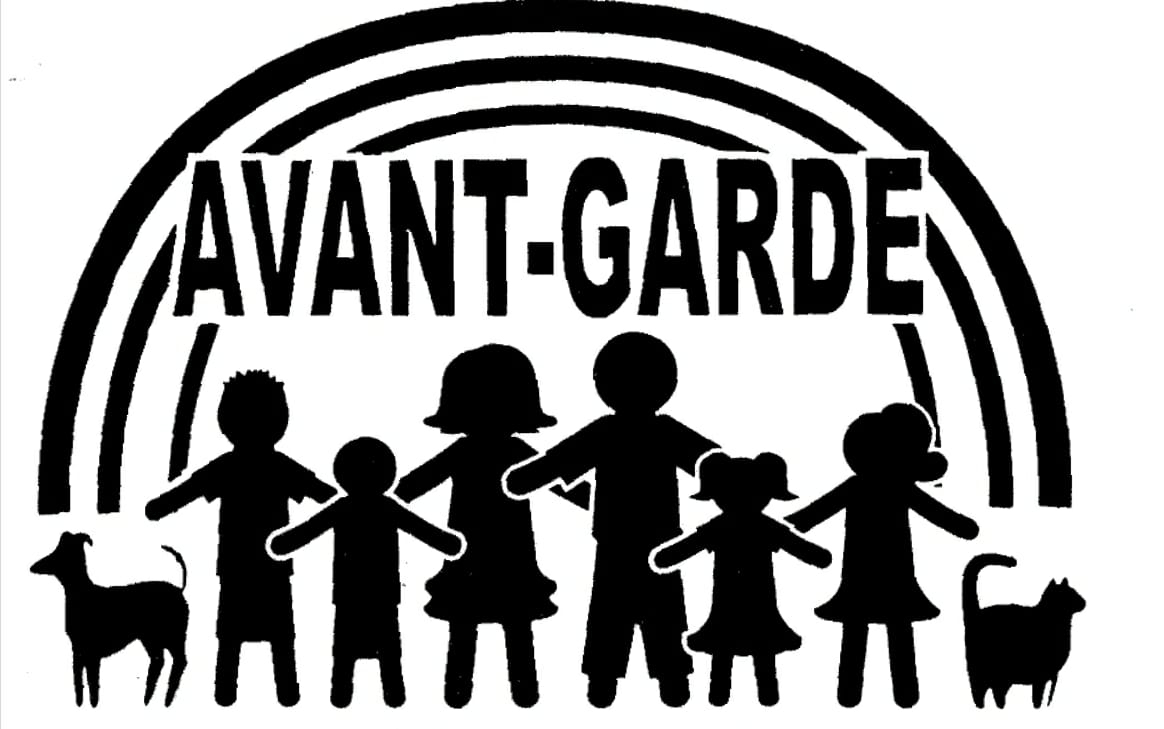
It’s normal to have concerns when considering something as important as becoming a Foster Parent (now known as Resource Parent in the state of California). After all, you’ll be the primary care giver for one or more children — children that have been through a traumatic life event or possibly suffered abuse.
There’s no question you’ll be faced with challenges. But for too many, the fear of the unknown stops them from pursuing their calling to foster.
Let’s look at some of the most common myths about fostering.

Myth #1: Children in foster care are “problem kids.”
Truth: Children enter the foster system through no fault of their own. These kids are often the victims of abuse or neglect. While some may struggle with learning challenges or have difficulty trusting, a safe, nurturing environment can make all the difference in helping them heal. Children are amazingly resilient and hungry for love.
Myth #2: I’m too young or too old to foster.
 Truth: In California, the legal age to foster is 21, but this may vary depending on the agency. On the other end, age requirements are flexible as long as your health, energy, and desire are appropriate. Fostering is a great option for empty nesters and retired people. Being a resource parent is a rewarding way to share your life experience and wisdom to the next generation.
Truth: In California, the legal age to foster is 21, but this may vary depending on the agency. On the other end, age requirements are flexible as long as your health, energy, and desire are appropriate. Fostering is a great option for empty nesters and retired people. Being a resource parent is a rewarding way to share your life experience and wisdom to the next generation.
Myth #3: I’m not married, so I can’t be a foster parent.
Truth: There is no such requirement. You can be married, single, or partnered, male or female, homosexual or heterosexual. Your social worker will work with you to determine the best placement arrangement for your circumstances.
Myth #4: I can’t afford to take in a foster child.
Truth: The state requires only that you have enough financial resources to provide for your current household expenses. Foster parents receive a monthly reimbursement for feeding, clothing, and meeting the material needs of the children placed in their care. The state covers Medical, dental, and mental health expenses.
Myth #5: I don’t own my own home so I can’t be a foster parent. 
Truth: You may foster whether you own or rent. There are legal specifications for minimum personal, safety, and space requirements. Foster parents work with social services staff to determine the type of child best suited for their home (i.e., age, health issues, and gender).
Myth #6: They won’t let me foster because I don’t have kids of my own.
 Truth: Many resource parents are childless. You must be a responsible adult, committed to the care of the child, and willing to attend required training and learn the necessary parenting skills.
Truth: Many resource parents are childless. You must be a responsible adult, committed to the care of the child, and willing to attend required training and learn the necessary parenting skills.
Myth #7: The birth parents will pose a danger to my family.
Truth: A child entering foster care will generally have continued visitation and contact with their birth family, but the frequency and nature of the visitation will vary depending on the specifics of the case and the placement being considered for the child. You will only have contact with the birth families when it is safe and appropriate for all involved. Your name and address are kept strictly confidential at all times.
Myth #8: I’ll be expected to adopt. Or — I won’t be allowed to adopt.
Truth: In most cases, the primary goal is reunification with the birth family. However, for nearly half of children in foster care, that won’t be the case. While adoption by the foster parent may often be ideal, there is no obligation to adopt.
Myth #9: I couldn’t do it. I would get too attached to let them go. 
Truth: Yes, you will get attached. Having the right mindset from the start will help you to accept that the primary goal is reunification with the birth family. You will be an advocate and support person, working along side the agency, to do what’s in the child’s best interest. Avoiding unrealistic expectations will allow you to provide a loving, supportive environment for the children in your care for the time that you have them.
And the most dangerous myth of all
Myth #10: Someone else will do it. 
Truth: The need for foster resource families has never been greater – and the need is in your neighborhood! When there is a shortage of local resource homes available, many children are displaced from their schools and friends. Imagine the trauma of abuse, followed by removal from the home, followed by being dislocated from everything and everyone you know.
Don’t assume you aren’t needed or wanted, or that you can’t make a difference. You absolutely can!
And you will not be left on your own. Our agency puts the needs of the children first and will support your efforts every step of the way.
If the great need for resource foster families has been tugging on your heart, call us to arrange an orientation. We are happy to give you honest answers to any and all of your questions and concerns. Don’t let your calling go unanswered out of fear and doubt.
Somebody needs you.
Article written by Cindy White Horvath. She can be reached at cindy@avgffa.org


